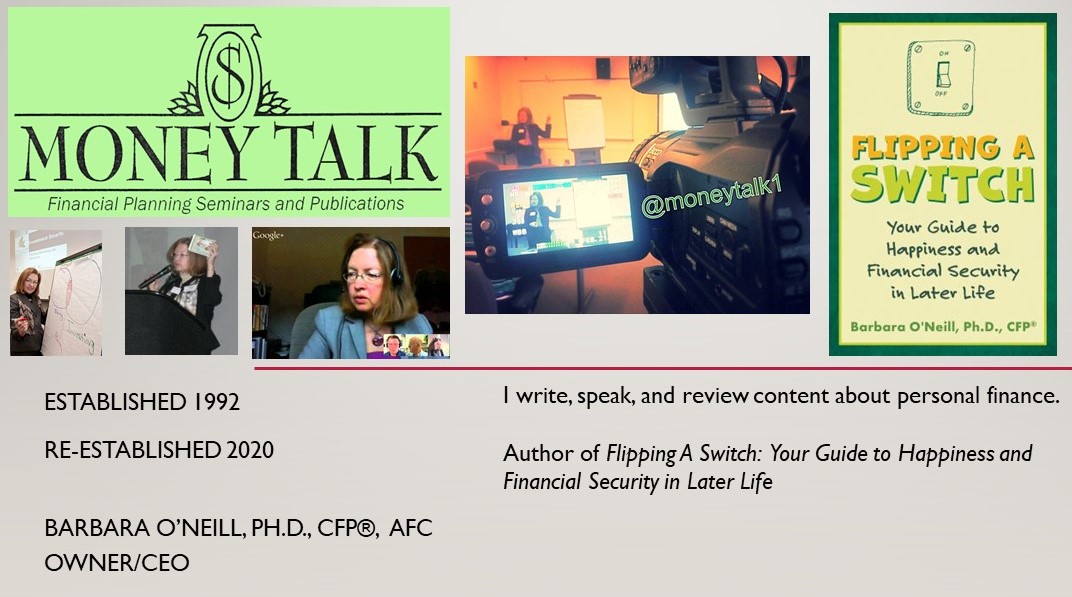During the past two weeks, I have
seen advice like “accelerate planned 2018 charitable contributions into 2017 to
take advantage of itemizing rules under current tax law.” Why? It is often
property tax, mortgage interest, and/or state income tax, combined, that has allowed
people to exceed the standard deduction and itemize and deduct charitable contributions.
In 2018, standard deductions are almost doubling and there will be a $10,000
cap on state and local tax (SALT) deductions. Many people who previously could
itemize income tax deductions won’t be able to any more.
While advice to time-shift
planned 2018 charitable contributions forward might be sound financially, it
seems to imply that people will have one “last hurrah” and then stop donating
to charities because they can no longer take an itemized tax deduction. This
would be a devastating loss for our local communities.
Let’s take a reality check. Only
about 30% of tax returns nationally had state and local tax deductions in 2015.
In New Jersey, the percentage of tax returns claiming SALT deductions was 41%
according to the Tax
Policy Center. Thus, a majority of Americans and New Jerseyans have not
been able to itemize deductions for charity for a long time, not just starting
next year. Some people were unable to claim SALT deductions due to the
alternative minimum tax (AMT) and others came out ahead by taking the standard
deduction.
Yet, many Americans, who have not
been able to itemize tax deductions, have given generously to charities in
their local communities, schools that they graduated from, and other worthy
causes. Why? Because there are other benefits to making charitable
contributions beyond tax savings: helping other people, “paying it forward,”
paying back organizations that helped you get ahead, and a personal sense of
satisfaction that comes from doing something that is positive, valuable, and
worthwhile.
The reality, however, is that not
everyone who previously itemized tax deductions will be able to afford to be as
generous as they were in the past (i.e., their income tax bill may be rising as
a result of the SALT cap or other tax law changes contained within the Tax Cuts
and Jobs Act). That’s okay. Give what you can.
Here’s an idea to consider if you
are negatively affected by recent tax law changes. I call it the “Make Yourself
Whole Charitable Gifting Strategy” for those who previously itemized tax
deductions and will no longer be able to itemize. Starting in 2018, give to the
extent of your previous out-of-pocket cost for contributions in the past. For
example, if you used to donate $2,000 annually and $500 was written off as an
itemized deduction in the 25% marginal tax bracket, give $1,500 in the future. If
you donated $4,000, give $3,000 and if you donated $10,000, give $7,500.
The result is that there will be
little or no impact on your future cash flow. If you are fortunate enough to
earn more money in the future, you can go back to making larger contributions
again later.
If you need to prune future
charitable contributions, be deliberate
and intentional and develop an annual charitable contribution budget. For
example, you might include:
- National or local organizations that do outstanding humanitarian work
- Organizations that you volunteer for (e.g., a local church or fire department)
- Professional associations that support your career
- Organizations that have helped you or your family (e.g., hospice, 4-H, or a local ambulance squad)
Conversely, if you are among the
fortunate ones who will benefit financially from the Tax Cuts and Jobs Act and
pay less tax than before, consider increasing your charitable contributions
next year to “pass it along.” The Wall
Street Journal has a calculator
to help users estimate how the new tax law will affect them personally.
Bottom Line: Charitable
organizations will need everyone’s support as much in the future under the new
tax law as they did in the past. This is especially true if government funding
for non-profit agencies, Medicare, Medicaid, and other social support services
is reduced as some are predicting. Income tax deductions are just one factor in
the decision to make charitable donations. Giving money to effective,
high-impact charitable organizations and less fortunate people, when you are
able, will always be the right thing to do.







